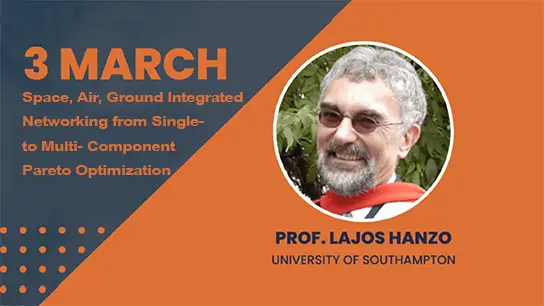Integrating Tensor Flows with Spectral Dimensions for Improving Earth Observations via Satellite Remote Sensing
Ni-Bin Chang
-
Members: FreeSYSC
IEEE Members: Free
Non-members: FreeLength: 00:53:19
01 Apr 2023
Traditional supervised classifications for remote sensing-based water quality monitoring count on a set of classifiers to retrieve features and improve their prediction accuracies based on ground truth samples. However, many existing feature extraction methods are unable to exhibit multiple-instance nonlinear spatial pattern recognition at scales via ensemble learning in remote sensing. This paper designed for lake algal bloom monitoring presents intelligent feature extraction for harmonizing local and global features via tensor flow-based ensemble learning with integrated biomimetic and computational intelligence. To explore such complexity, an Integrated Biomimetic and Ensemble Learning Algorithm (IBELA) was developed to synthesize the contribution from different classifiers associated with the biomimetic philosophy of integrated bands. It leads to strengthened multiple-instance spatial pattern recognition in lake algal bloom monitoring via image fusion at the decision level. With the implementation of IBELA, a case study of a eutrophic freshwater lake, Lake Managua, for water quality monitoring leads to demonstrate six input visual senses showing different impacts on retrieving Chl-a concentrations in the dry and wet season, respectively. The input of total nitrogen from the watershed plays the most important role in water quality variations in both seasons in a watershed-based food–water nexus. Although ultraviolet and microwave bands are important in the dry season, Secchi disk depth is critical in the wet season for water quality monitoring.


